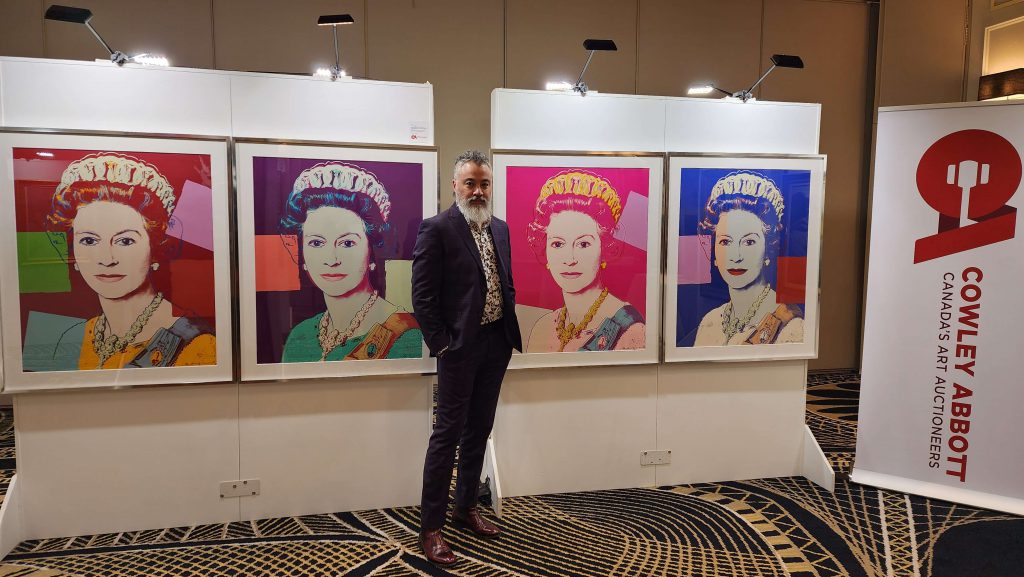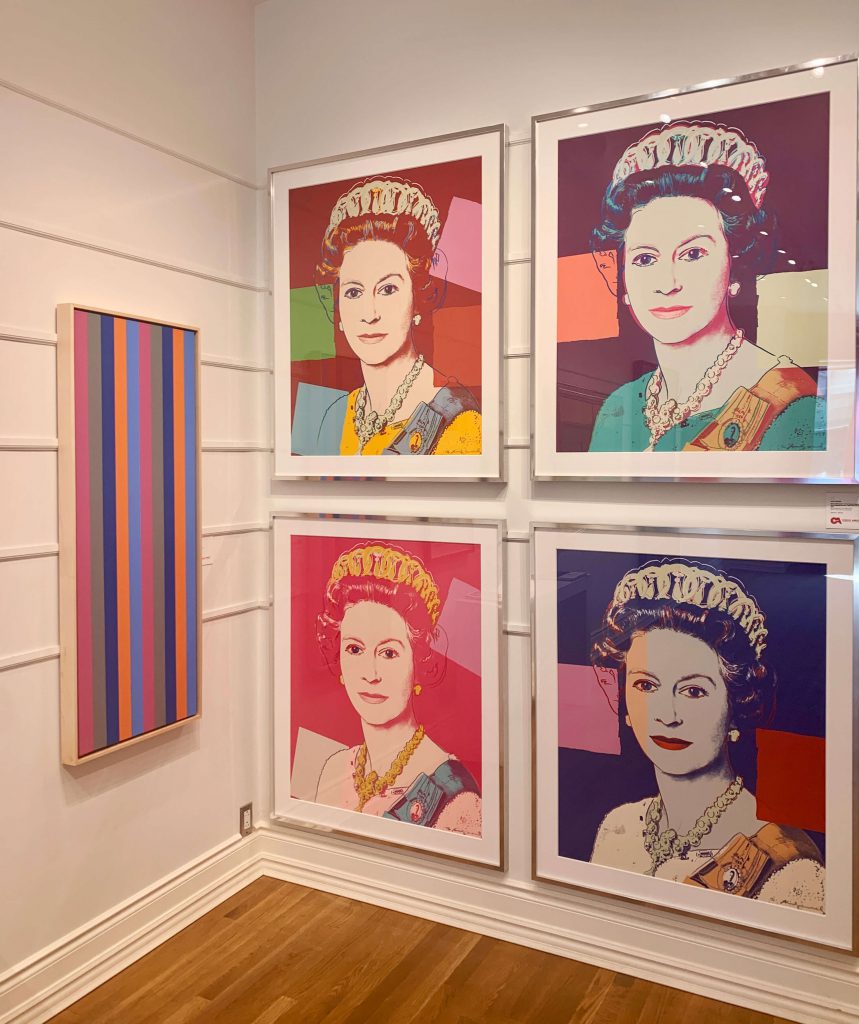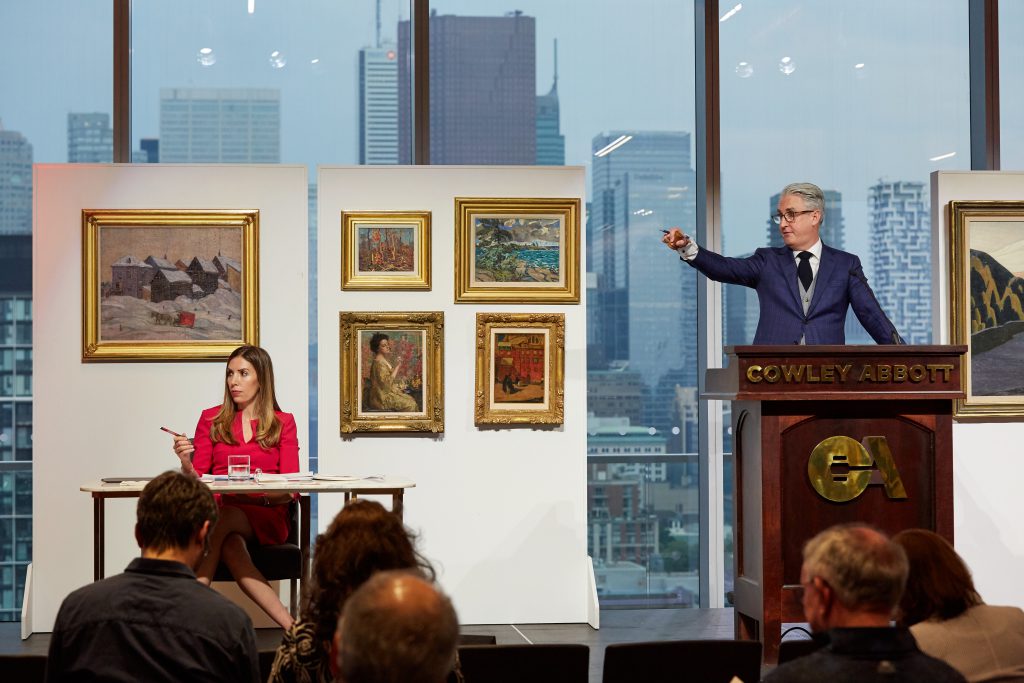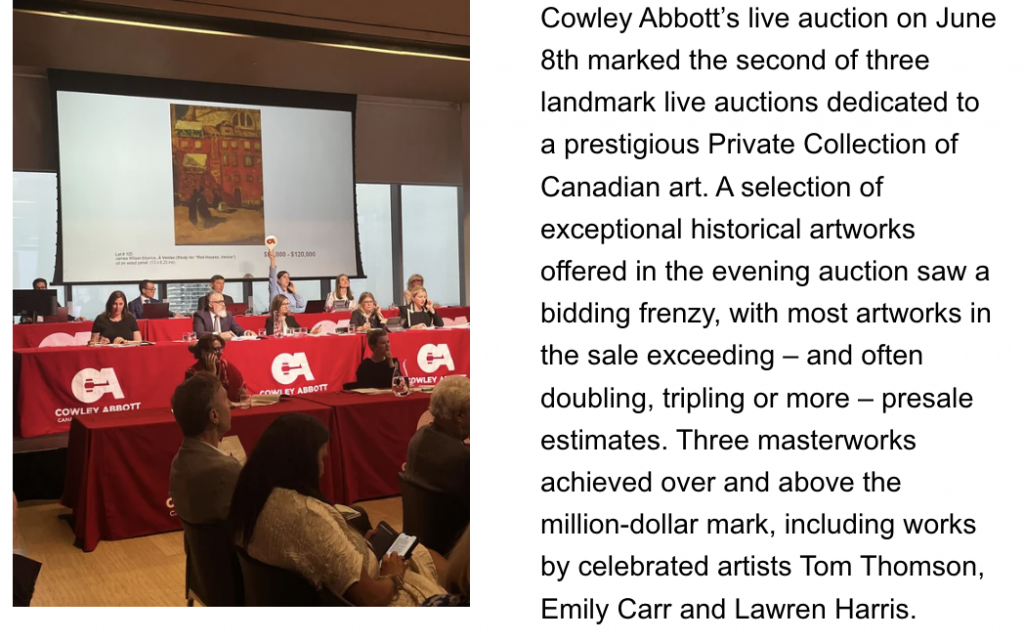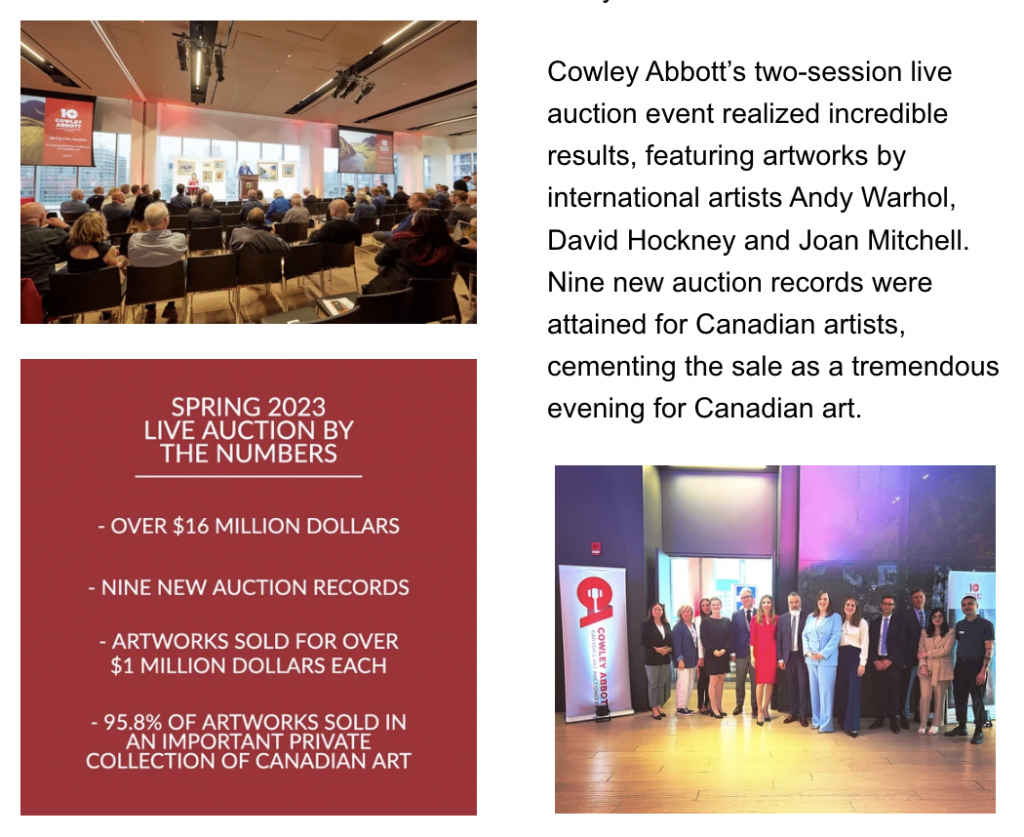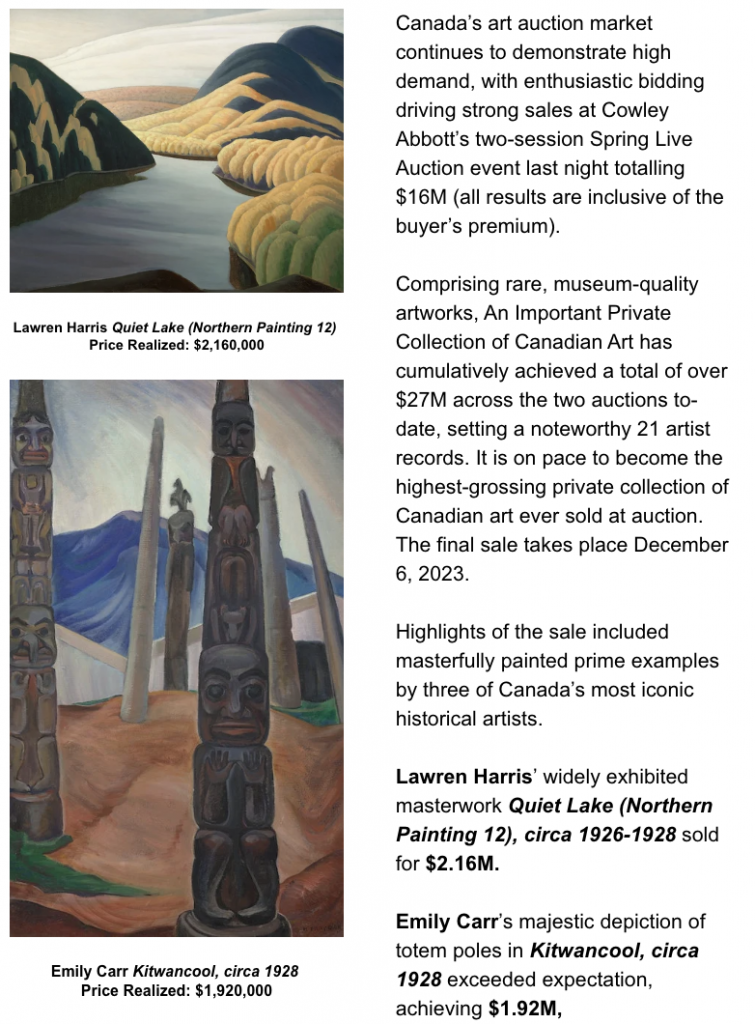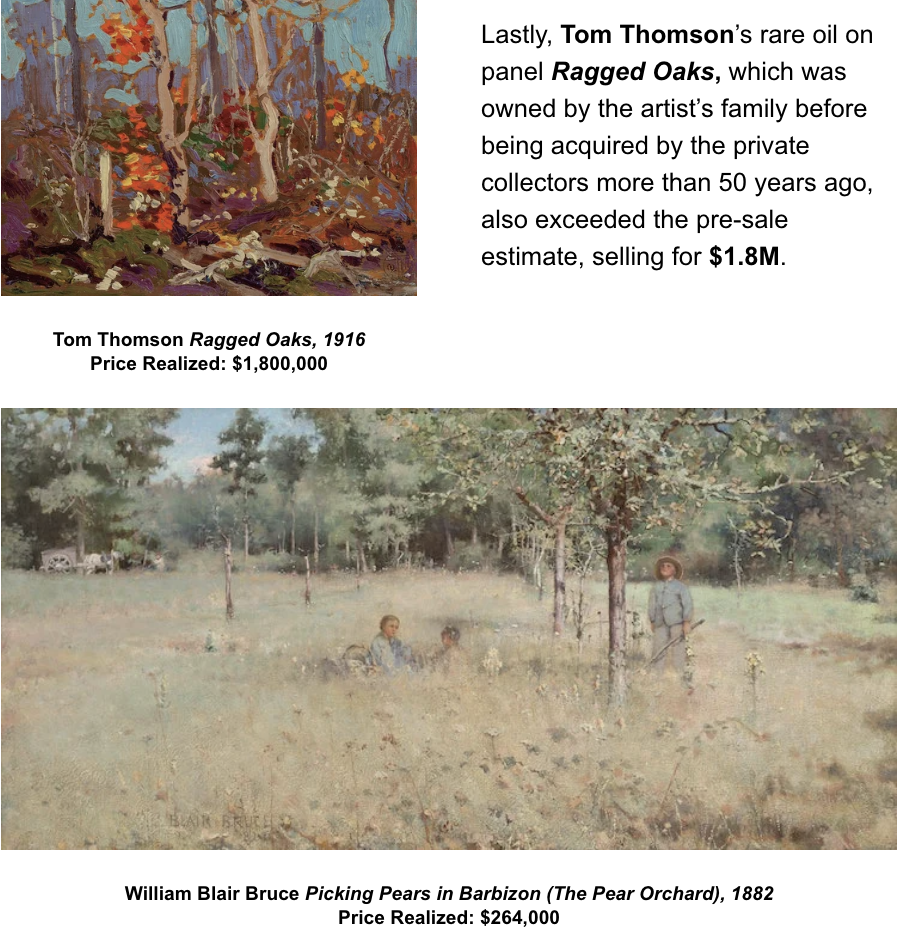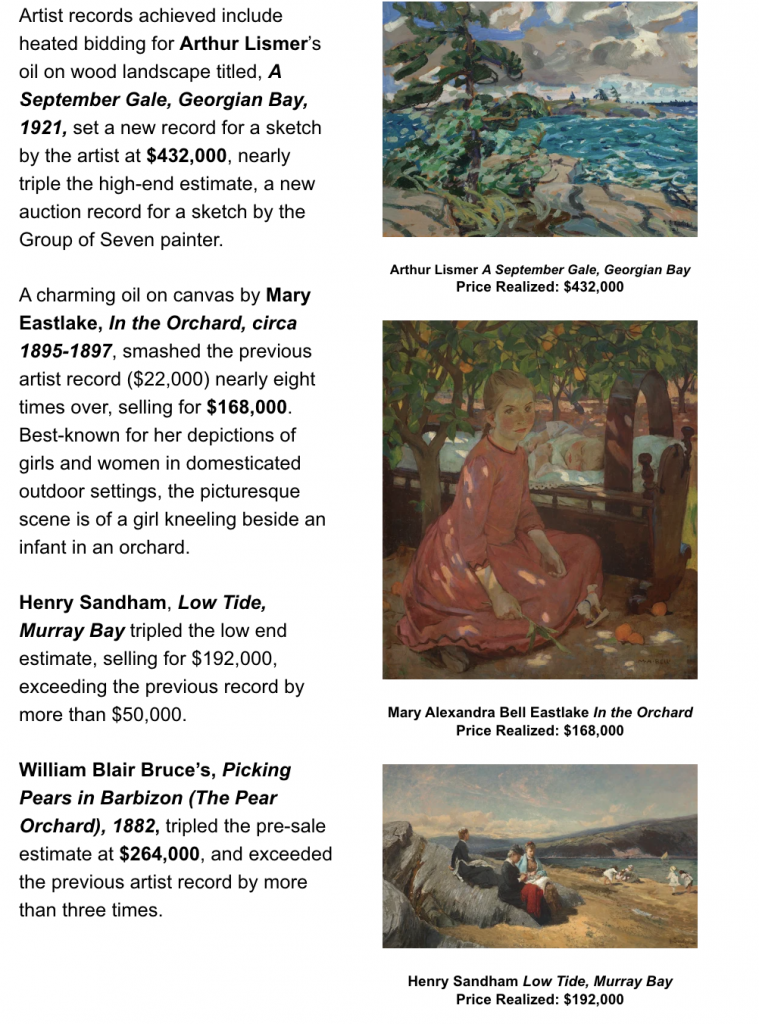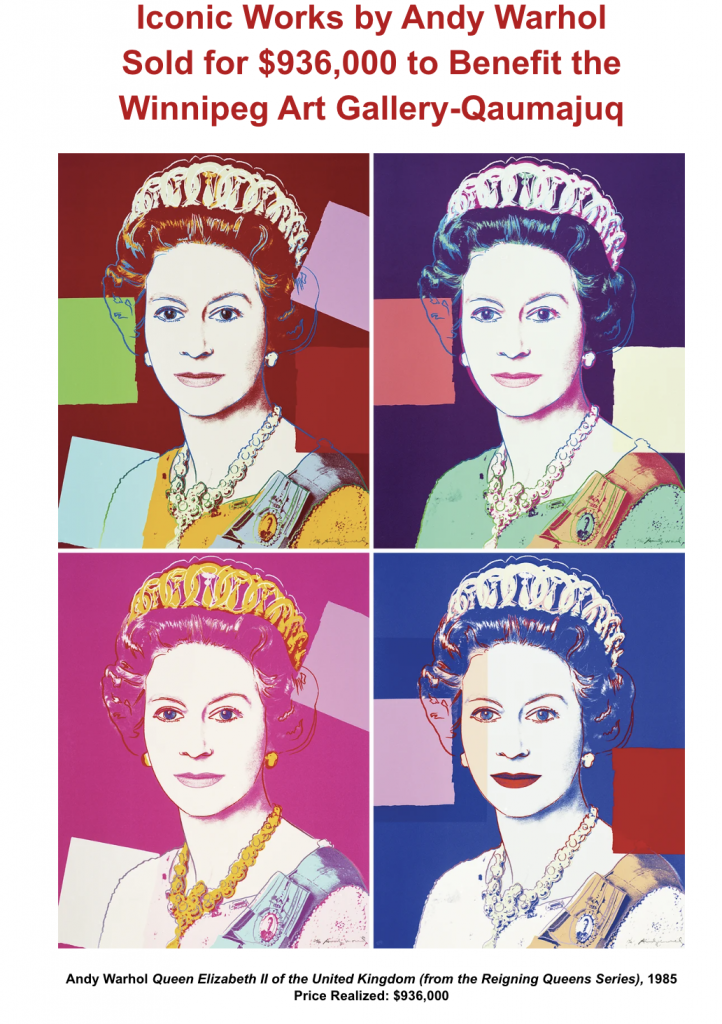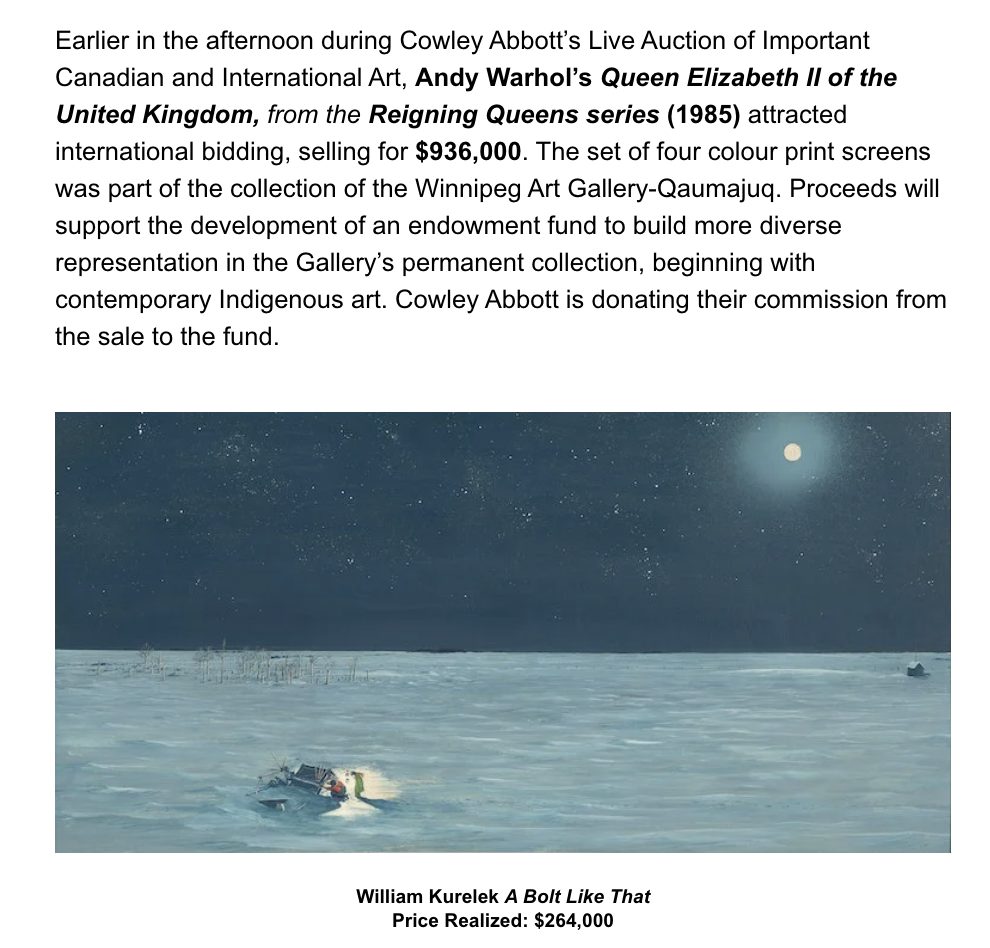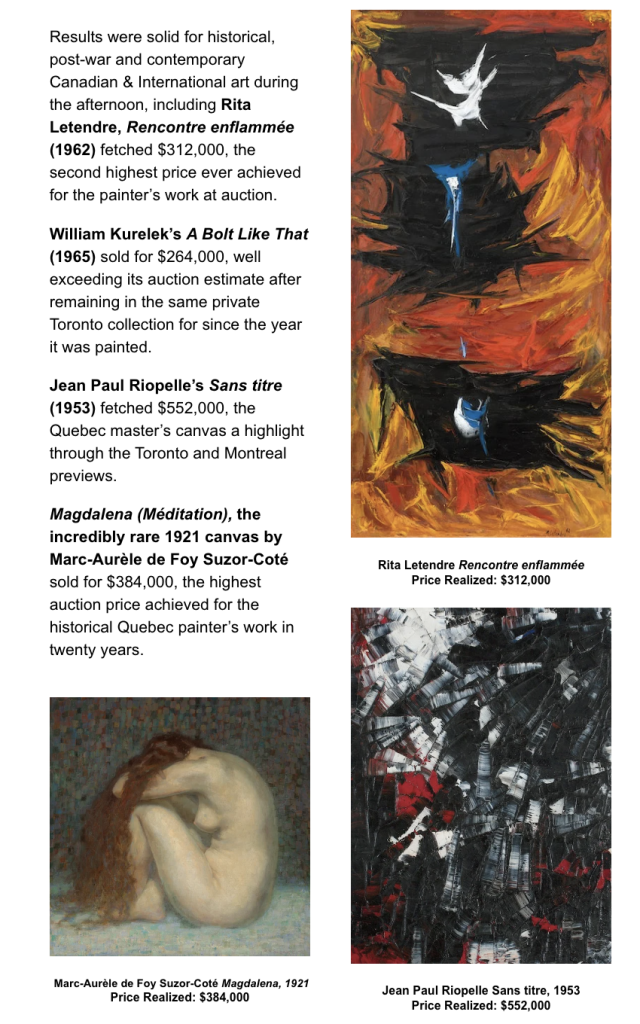In the years following the end of World War II, several major art movements emerged in the United States. Abstract Expressionism began in the 1940s and was the first specifically American movement to achieve international influence and put New York at the centre of the Western art world, a role formerly filled by Paris. Developing out of Abstract Expressionism came Color-Field painting, but also other movements that were anti-abstraction, such as Pop Art and Conceptual Art. The June Online Auction of Modern & Contemporary Art features some excellent examples of these various movements and their connections with each other.
Josef Albers was a famous German-American abstract artist and colour theorist. He studied and taught at the Bauhaus school in the 1920s, then moved to the United States after the Nazi regime closed the school in 1933. He first taught painting at Black Mountain College in North Carolina and later became the head of the design program at Yale University. In 1963, he published a very influential book, Interaction of Color, about studying and teaching colour through experience. Albers was instrumental in bringing the tenets of European modernism, particularly those associated with the Bauhaus, to America. His legacy as an artist, teacher and colour theorist profoundly influenced the development of modern art in the United States during the 1950s and 1960s.
Albers is best known for his iconic coloured square paintings and prints, also known as his Homage to the Square series. Albers explored chromatic interactions with nested squares in this rigorous series, which he started in 1949. Each painting and print consist of three or four squares of solid planes of color nested within one another, and in a square format. Lot 201 is part of a series printed in Paris, so it has a French title: Hommage au carré. Albers signed and dated it 1964, however, it was only published in 1965.
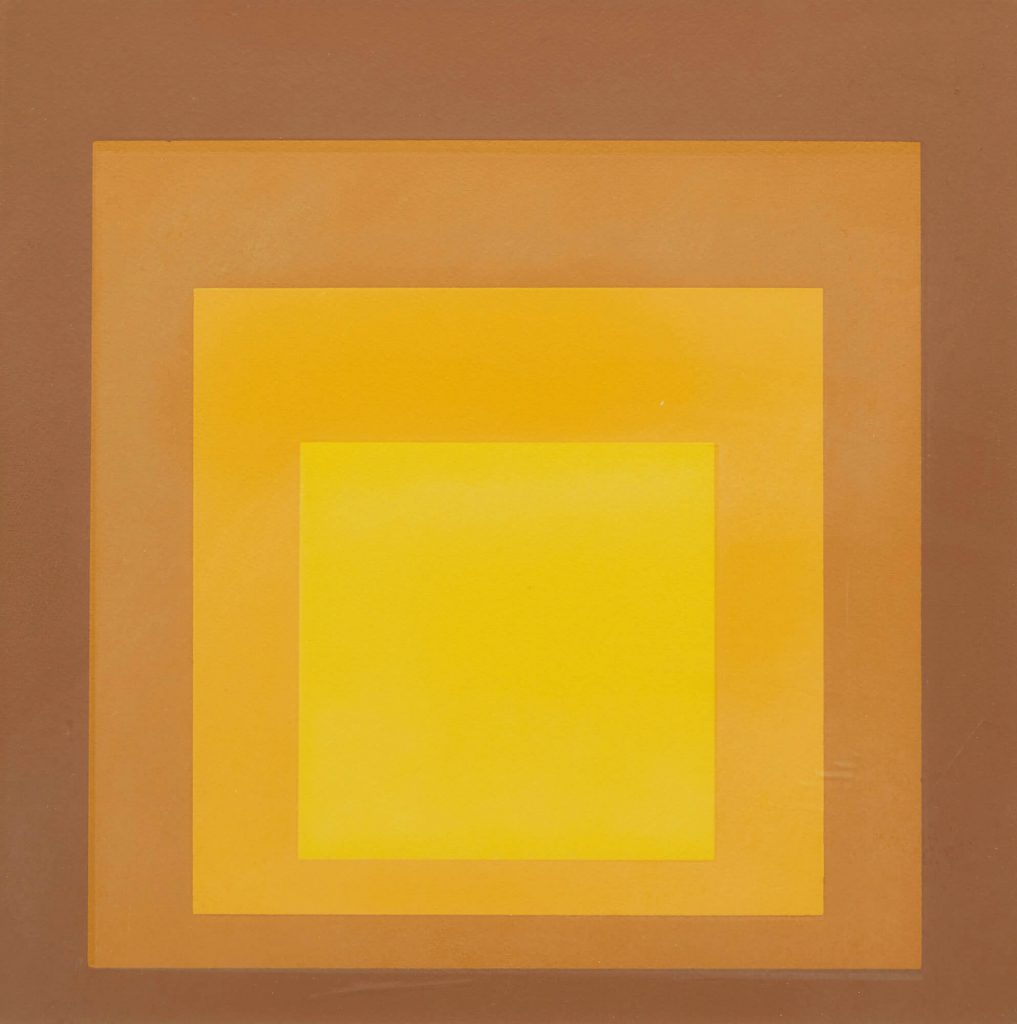
Robert Motherwell was an American abstract expressionist artist and one of the youngest of the New York School, which included painters such as Willem de Kooning, Jackson Pollock, and Mark Rothko. Trained in philosophy, Motherwell was regarded as among the most articulate spokesmen for abstract art, and his paintings and prints often touched on political, philosophical and literary themes.
Many people do not know that Motherwell is also known for his work in printmaking. Lot 243, Harvest, with Orange Stripe, is part of his Summer Light Series from the 1970s. This major series, in collaboration with Gemini studio in L.A., allowed him to reintroduce collage into his printing practice. Motherwell continued the Cubist tradition of incorporating everyday materials into collages, such as newspapers, or in this instance, cigarette labels.
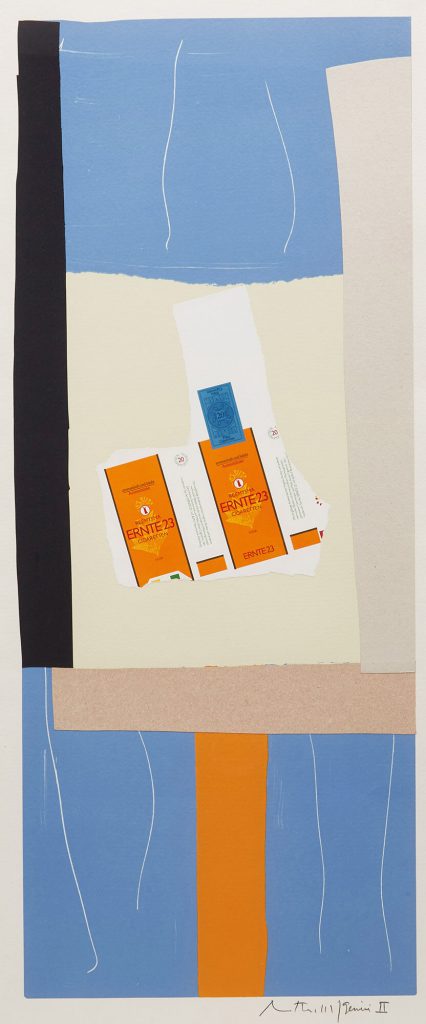
Tom Wesselmann was a key figure in the development of the American Pop Art movement of the 1950s and 1960s. Pop Art emerged as a revolt against the elitism of museums and abstract art of the time. Instead, artists purposely chose subjects found in everyday life that have mass appeal: Hollywood films, advertising, pop music and comic books. In Lot 222, Still Life with Lilies and Mixed Fruit, Wesselmann has contrasted the traditional still life subject matter with a flat, colourful and cartoonish design that is quintessential to Pop Art.
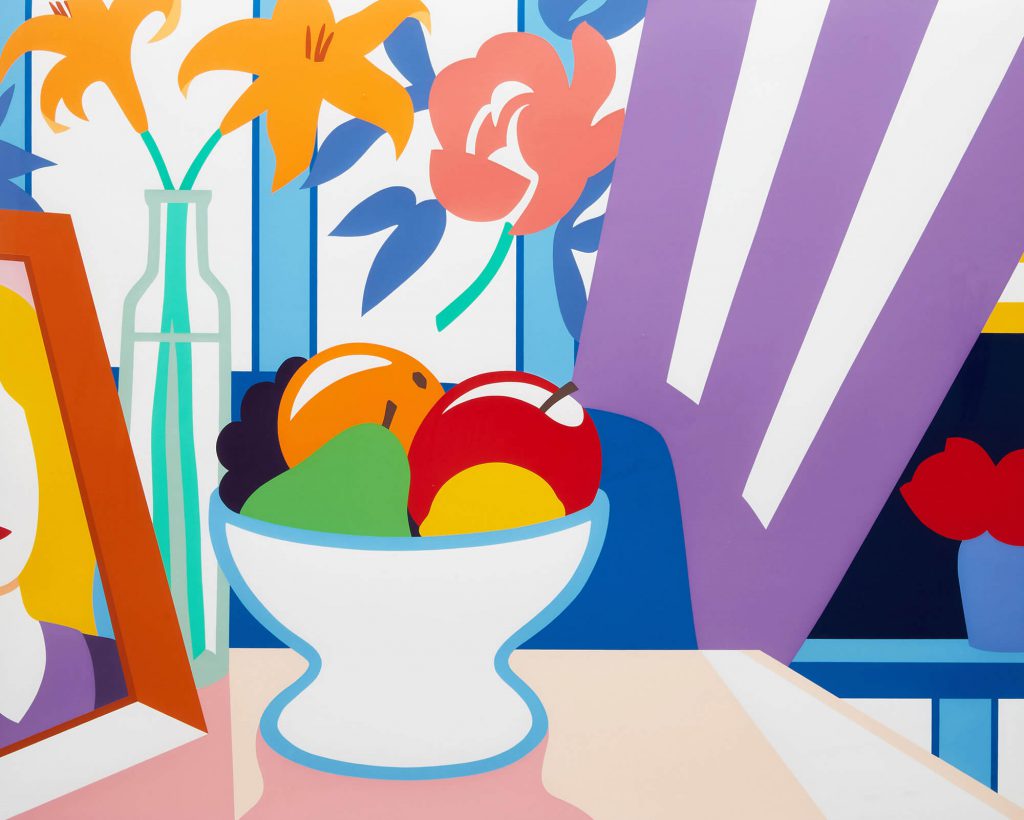
Another art movement that emerged in opposition to abstraction was Conceptual Art. California-based artist John Baldessari started as a semi-abstract painter in the 1950s but grew so disenchanted with his own handiwork, that in 1970 he decided to take his paintings to a San Diego funeral home and cremate them. From then on, he explored a wide range of media, often combining images and the associative power of language and never taking himself too seriously. Lot 244, The First $100,000 I Ever Made, is a prime example of his humorous approach, with the title serving as a double entendre. The work stems from Baldessari’s billboard of a gigantic representation of a $100,000 bill, which he displayed next to the High Line in New York City in December 2011.
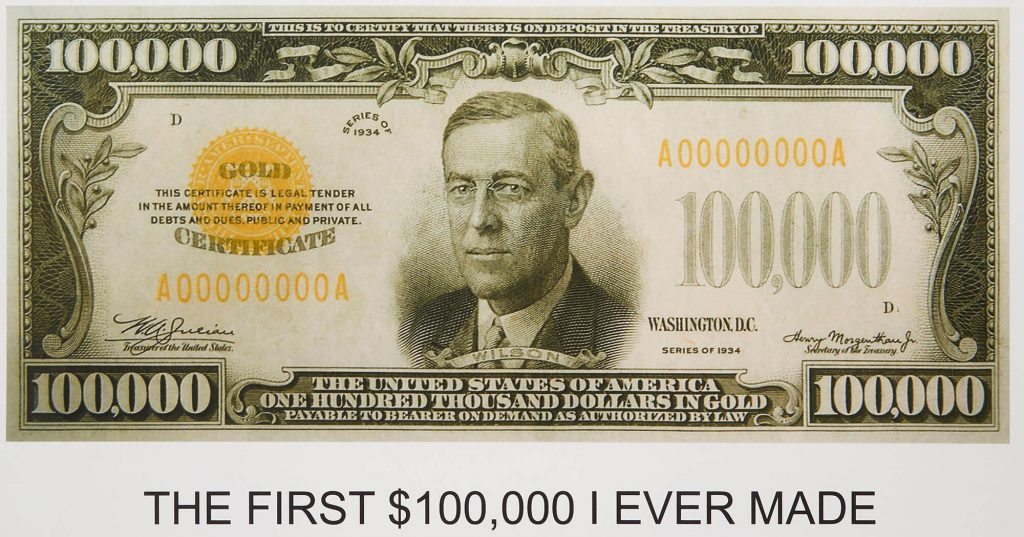
The June Online Auction will close on Tuesday, June 27, starting at 2 pm EDT.



